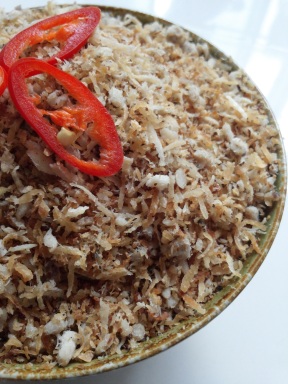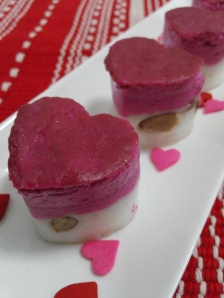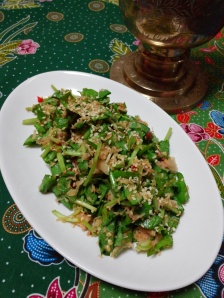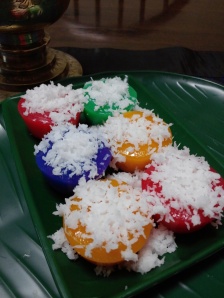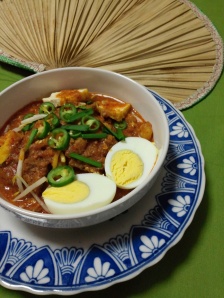I have not been updating my blog for a week now. I’ve been busy with Hari Raya celebrations, followed by my younger sister’s engagement ceremony. We hold the ceremony in my home thus we have a lot to prepare before the actual day. The two parties requested for a small affair. It was a simple Hantar Tanda ceremony or Pertunangan.
In a traditional setting, the groom sends his representatives to the bride’s home to negotiate and discuss with the bride’s father until they come to an agreement between the two parties. His representatives are normally elderly relatives. The spokesperson of the representatives is usually a respected elderly male relative. However, in our ceremony, the groom also turned up with the representative he sent! Hmmm…
The bride’s family is the host receiving the groom’s representatives as guests, and are usually the bride’s parents, senior family members and relatives.

Parties from the bride and groom discussing the details.
In the ceremony, a ring is presented to the bride to seal the engagement between the bride and the groom. She is now spoken for. During the ceremony the two parties also discussed the dowry, financial commitment for the wedding and approximate date to hold the wedding and state the conditions if a marriage do not materialize after the engagement. There are other matters that may be discussed such as the wedding venue or whether to hold the wedding together as one event, which is quite common nowadays. Continue reading →
 Hi there, I just like to thank you for liking my page. I have been away for almost two years to pursue a formal culinary training to deepen my knowledge and understanding on asian and western cuisine and working in several F&B establishments in between.
Hi there, I just like to thank you for liking my page. I have been away for almost two years to pursue a formal culinary training to deepen my knowledge and understanding on asian and western cuisine and working in several F&B establishments in between.
